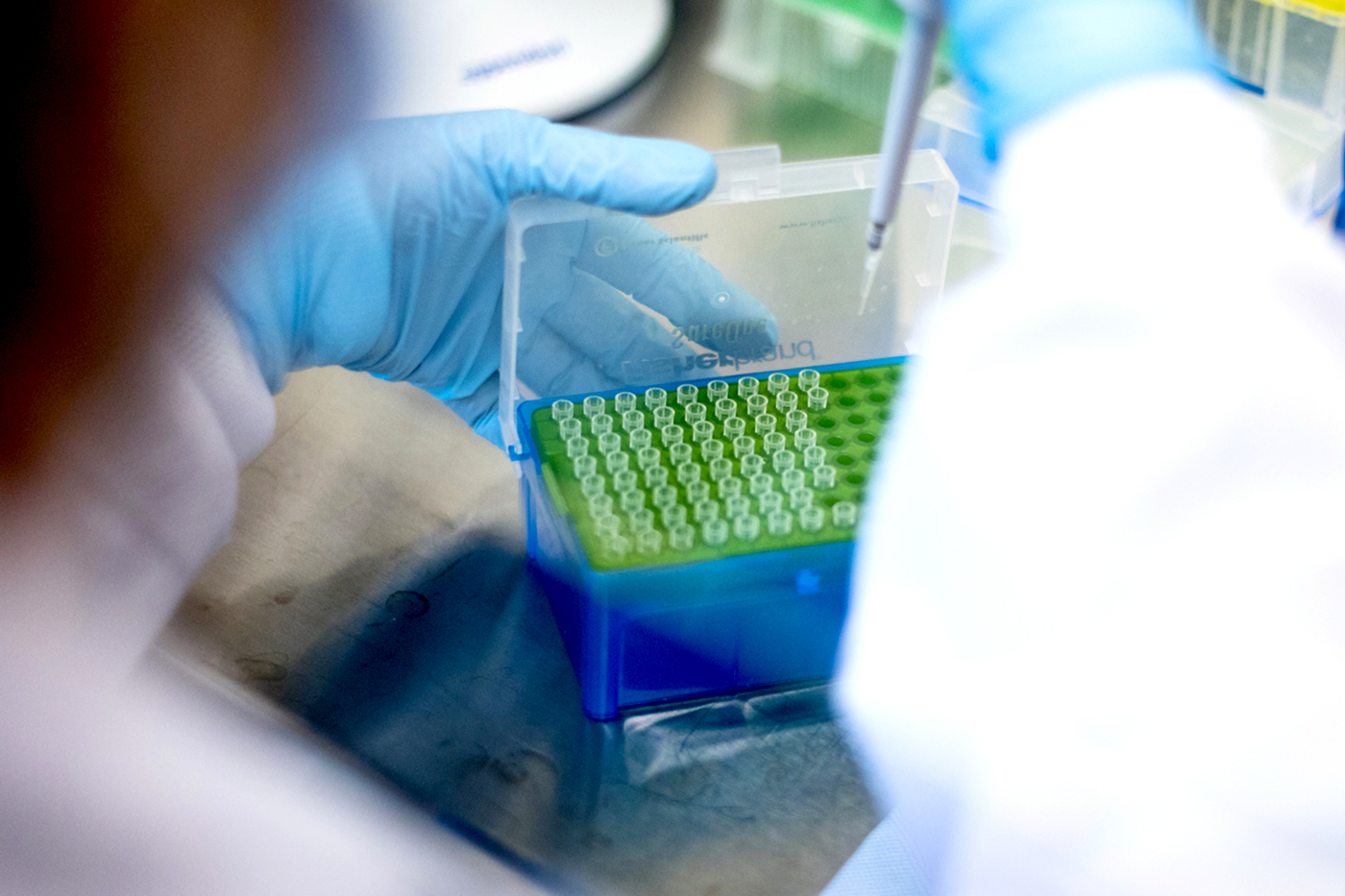Schools and institutions that conduct regular surveillance COVID-19 testing of their entire population go through a lot of tests. Many use an approach called “pooled testing” to make the process more efficient.
The idea is to combine samples and test them all at once using just one test. If the “pool” comes back negative for SARS-CoV-2, the coronavirus that causes COVID-19, then the whole process saves time and supplies. If the “pool” comes back positive, then individual testing still has to be done for that grouping.
But pooled testing doesn’t mean just one thing. And putting too many samples together can dilute the process. Can you trust pooled test results?
To get answers, News at Northeastern spoke with Jared Auclair, who runs Northeastern University’s COVID-19 testing facility, the Life Sciences Testing Center in Burlington, Massachusetts, and is an associate teaching professor of chemistry and chemical biology, associate dean of professional programs and graduate affairs in the College of Science, and leads the Biopharmaceutical Analysis Training Lab at Northeastern.
Is pooled testing as accurate as individual COVID-19 tests?
At Northeastern, Auclair says, the accuracy of a pooled test is “exactly identical to individual. It’s super sensitive. We can detect a low viral load.”
That’s not the case for all pooled tests, however.
Read more on News@Northeastern.
Photo by Matthew Modoono/Northeastern University.

